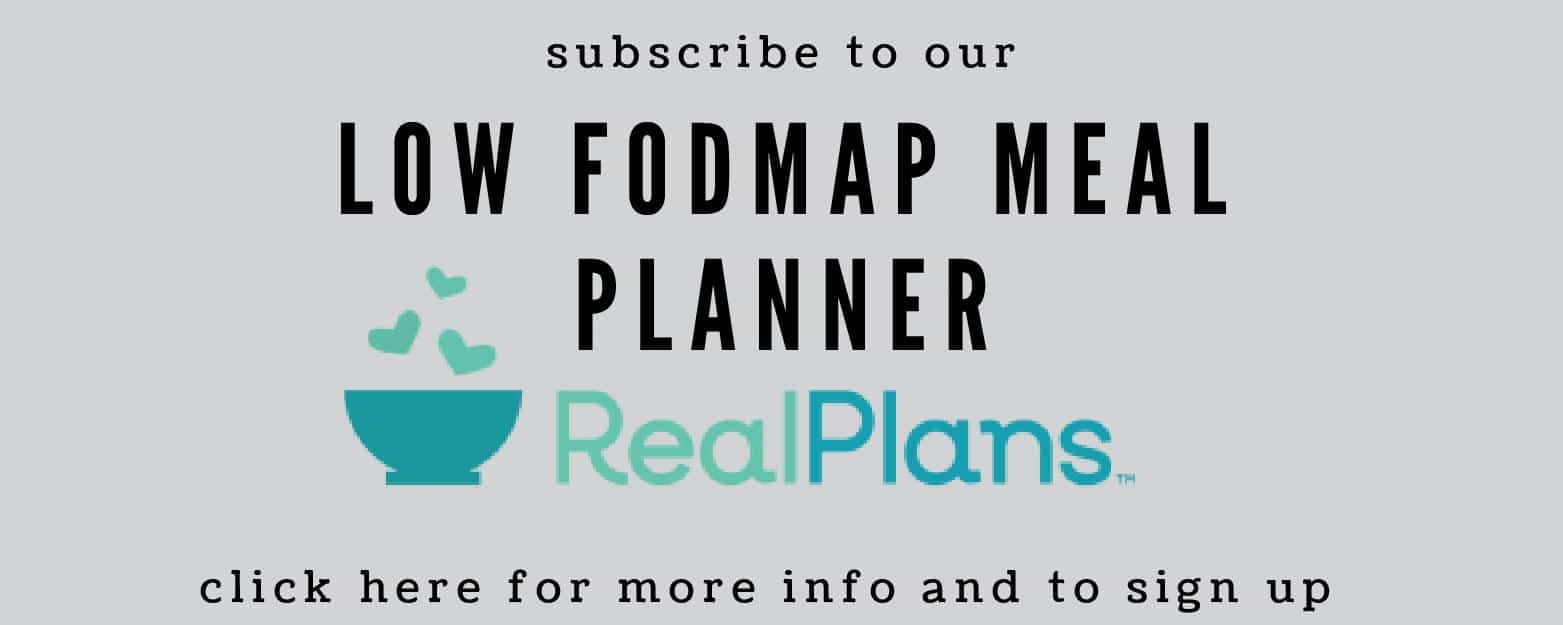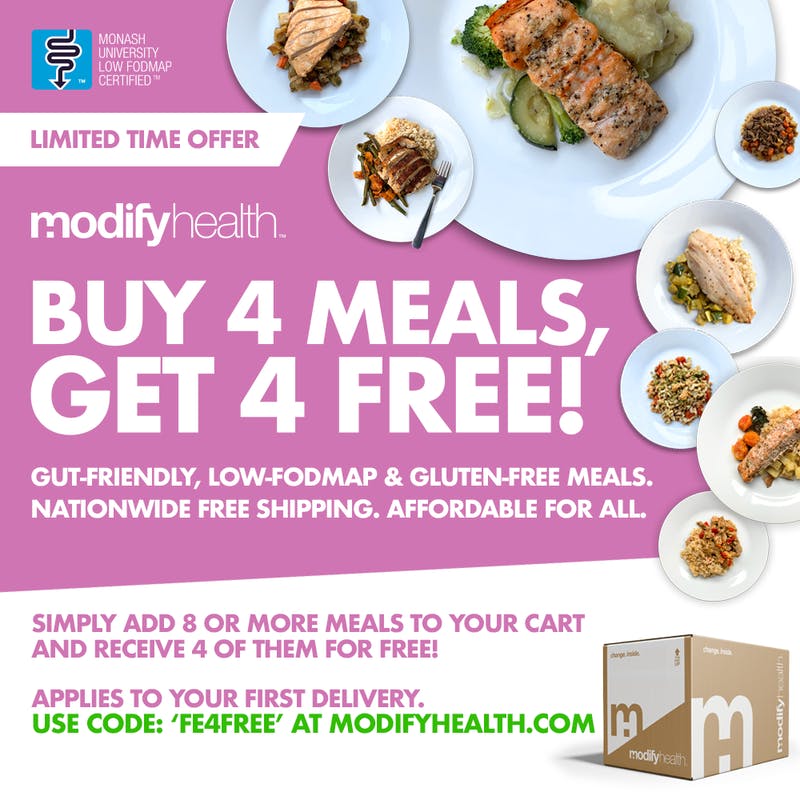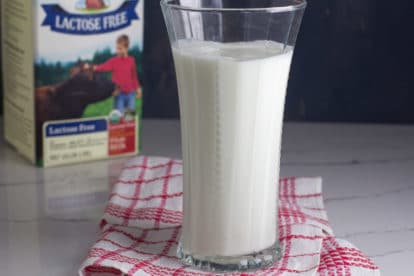Let me paint a picture. I was standing in the cereal aisle, scanning the shelves for my childhood favorite—those colorful little rings bursting with artificial fruit flavor. I hadn’t bought them in years, but nostalgia hit hard. Then I noticed something new on the label: “Now with no artificial dyes.” That’s when it hit me—something big is happening in our grocery stores.
Behind the scenes, a quiet war is being waged against synthetic food dyes. The Food and Drug Administration (FDA) has urged a major shift in what’s allowed inside our food, and by the end of 2026, eight of the most widely used petroleum-based dyes will be phased out.
This is no fringe movement. These additives are in over 3,000 grocery products. From kid-friendly cereals to adult “cheat-day” favorites, the ban will shake up grocery aisles in ways many people haven’t even noticed yet.
Fruit-Flavored Breakfast Cereals

It’s no surprise Froot Loops, Trix, and Cap’n Crunch are some of the biggest culprits. These cereals practically glow. Over 60% of brightly colored cereals aimed at children contain Red 40, Yellow 5, and Blue 1—all set for phase-out. These dyes were chosen for their visual appeal, not their health profile.
A 2025 Consumer Reports survey revealed that a growing number of parents now avoid cereals with artificial coloring. That might explain why some brands have already begun reformulating—quietly swapping in natural colorants to keep the colors while ditching the risk.
Colorful Candy

Skittles, M&Ms, Starburst—names that practically scream childhood. But the rainbow inside those wrappers is chemically constructed using some of the same additives that the FDA and health researchers are moving away from. Red 40 and Yellow 6 are especially concerning, making up a hefty share of the 15 million pounds of dyes used annually in the U.S. candy market.
California has even banned synthetic dyes in school lunches starting in 2027. While the candies may not vanish, expect new versions to look and taste slightly different in the next few years.
Flavored Yogurts

Flavored yogurts marketed to kids often appear healthy at first glance—until you turn the cup around. Around 75% of kids’ yogurts still contain synthetic dyes. These include Yoplait’s fruit-on-the-bottom varieties and a number of store-brand knockoffs.
Experts like Dr. Jennifer Lowry, a pediatric toxicologist with the American Academy of Pediatrics, have warned, “Artificial dyes can affect some children’s behavior and may cause allergic reactions in sensitive individuals.” Parents are increasingly choosing plain yogurts with real fruit instead.
Sports Drinks

That neon green or electric blue hue isn’t natural, and it isn’t just for show. Yellow 5 and Blue 1 are among the key dyes being cut, found in more than 80% of lemon-lime sports drinks like Gatorade and Powerade.
While big-name brands have announced reformulations, store-brand versions and generics still rely on synthetic dyes. Dr. Sarah Aldridge, a registered dietitian, notes, “Color doesn’t hydrate. If anything, it distracts from the nutritional concerns we should focus on—like sugar and sodium content.”
Packaged Snack Cakes

Twinkies. Little Debbie’s Cosmic Brownies. Hostess Cupcakes. Iconic, yes. But nearly 90% of these snacks rely on artificial dyes for their eye-catching wrappers and icing. Red 40 and Yellow 5 are almost always present.
With a looming 2026 deadline, expect recipes to change, or some products to temporarily disappear as companies retool their ingredients list. And that’s no small feat. Reformulating a product line can cost companies upwards of $5 million per item.
Instant Noodles and Ramen

Budget-friendly and easy to make, instant noodles from brands like Maruchan and Top Ramen are a dorm room staple. But those flavor packets? They’re often laced with Yellow 5 and Yellow 6.
These dyes are being eliminated from the food supply, and while the noodles themselves may remain, the seasoning will likely look and taste slightly different. As manufacturers race to reformulate, some flavors might temporarily vanish from shelves.
Ice Cream Toppings and Sprinkles

There’s something magical about a soft-serve cone with rainbow sprinkles—until you learn what gives those sprinkles their glow. Most toppings and sprinkles in chain stores and grocery aisles contain Red 40, Blue 1, and Yellow 5.
These additives are headed for retirement. Alternatives made from beetroot or turmeric exist, but they don’t always offer the same bright pop or shelf stability. Don’t be surprised if the next sundae you buy looks a little more… subdued.
Packaged Breads

Breads are usually the last place people expect to find synthetic dyes, but rainbow loaves and certain “fun” or “flavored” breads often include Red 40 and Yellow 5. While only about 20% of these types of bread contain the dyes, they’re still part of the FDA’s focus.
Most large bakeries have already reformulated or are in the process of doing so. Interestingly, this follows a broader trend—80% of producers already removed potassium bromate on their own before it was ever banned.
Flavored Gelatin Desserts

Jell-O has been the star of potlucks and kids’ birthday parties for decades. But those vibrant wobbles are made possible by Red 40, Yellow 5, Blue 1, and Yellow 6.
All are being phased out. Reformulated versions are likely to hit shelves soon, but many consumers are starting to question how necessary these neon colors really are in their dessert bowls.
Fruit Snacks and Gummy Candies

Fruit snacks from Welch’s, Betty Crocker, and store brands seem healthier than candy, but they’re usually not. Red 40 is almost a guarantee, and Yellow 5 and Blue 1 are right behind it.
With over 95% of fruit snacks in the U.S. containing synthetic dyes, this category is set for a dramatic overhaul. Natural replacements like annatto and spirulina are slowly gaining ground, but shelf life and color stability still pose challenges for food scientists.
Why This Matters Now

For many of us, the grocery store is a place of comfort. Familiar brands, trusted labels, and a sense of routine. But beneath those bright packages, a sea change is underway.
The FDA’s push to phase out petroleum-based food dyes by 2026 isn’t just about changing ingredients—it’s about shifting consumer habits, tightening regulations, and, in some cases, correcting decades of lax oversight.
This movement isn’t just coming from above. States like California and West Virginia are pushing forward with legislation to protect children’s health, banning these additives in school meals. The European Union already prohibits many dyes that the U.S. is just now addressing, giving American shoppers pause about what’s really safe.
Key Takeaways

By 2026, eight synthetic dyes—Red 40, Yellow 5, Yellow 6, Blue 1, Blue 2, Green 3, Orange B, and Citrus Red 2—will be phased out of the U.S. food supply.
These dyes are found in thousands of everyday items, from cereal to candy, snack cakes to sports drinks. Grocery manufacturers are expected to spend $2–$5 million per product to reformulate without these dyes.
States like California have enacted bans on synthetic dyes in school food, putting extra pressure on national brands to adapt. Consumers are increasingly checking labels and demanding transparency, with 68% saying they now look for dye-free foods, according to Consumer Reports.
This isn’t just a shift in color—it’s a shift in trust. The foods we grew up with are changing, but that doesn’t mean we have to give up flavor or fun. It just means we’re stepping into a smarter, cleaner future—one label at a time.
Disclaimer – This list is solely the author’s opinion based on research and publicly available information. It is not intended to be professional advice.
How Total Beginners Are Building Wealth Fast in 2025—No Experience Needed

How Total Beginners Are Building Wealth Fast in 2025
I used to think investing was something you did after you were already rich. Like, you needed $10,000 in a suit pocket and a guy named Chad at some fancy firm who knew how to “diversify your portfolio.” Meanwhile, I was just trying to figure out how to stretch $43 to payday.
But a lot has changed. And fast. In 2025, building wealth doesn’t require a finance degree—or even a lot of money. The tools are simpler. The entry points are lower. And believe it or not, total beginners are stacking wins just by starting small and staying consistent.
Click here and let’s break down how.
12 Kitchen Hacks You May Not Know

12 Kitchen Hacks You May Not Know
Sometimes preparing meals and just dealing with food can feel like a bore and a chore – or just plain frustrating! We’ve got the best food hacks to pass down to you to get you in and out of the kitchen fast. Not more drudgery, and dare we say it, some of these hacks are kind of fun. Save money, too. Win-win!
Do you have a kitchen hack we should know about?




